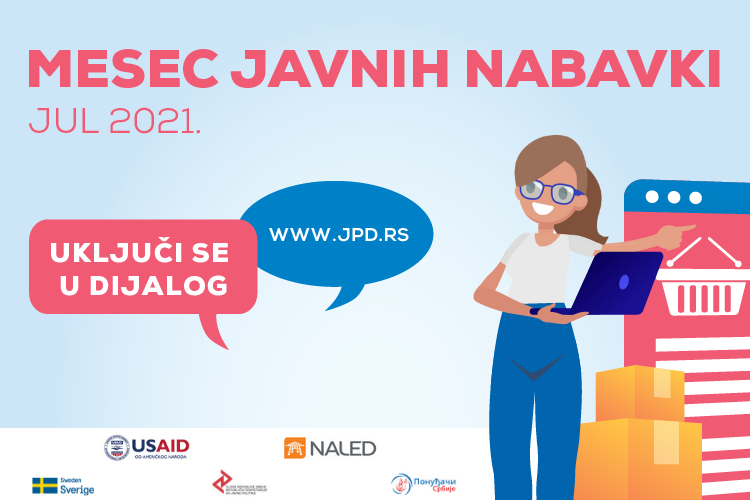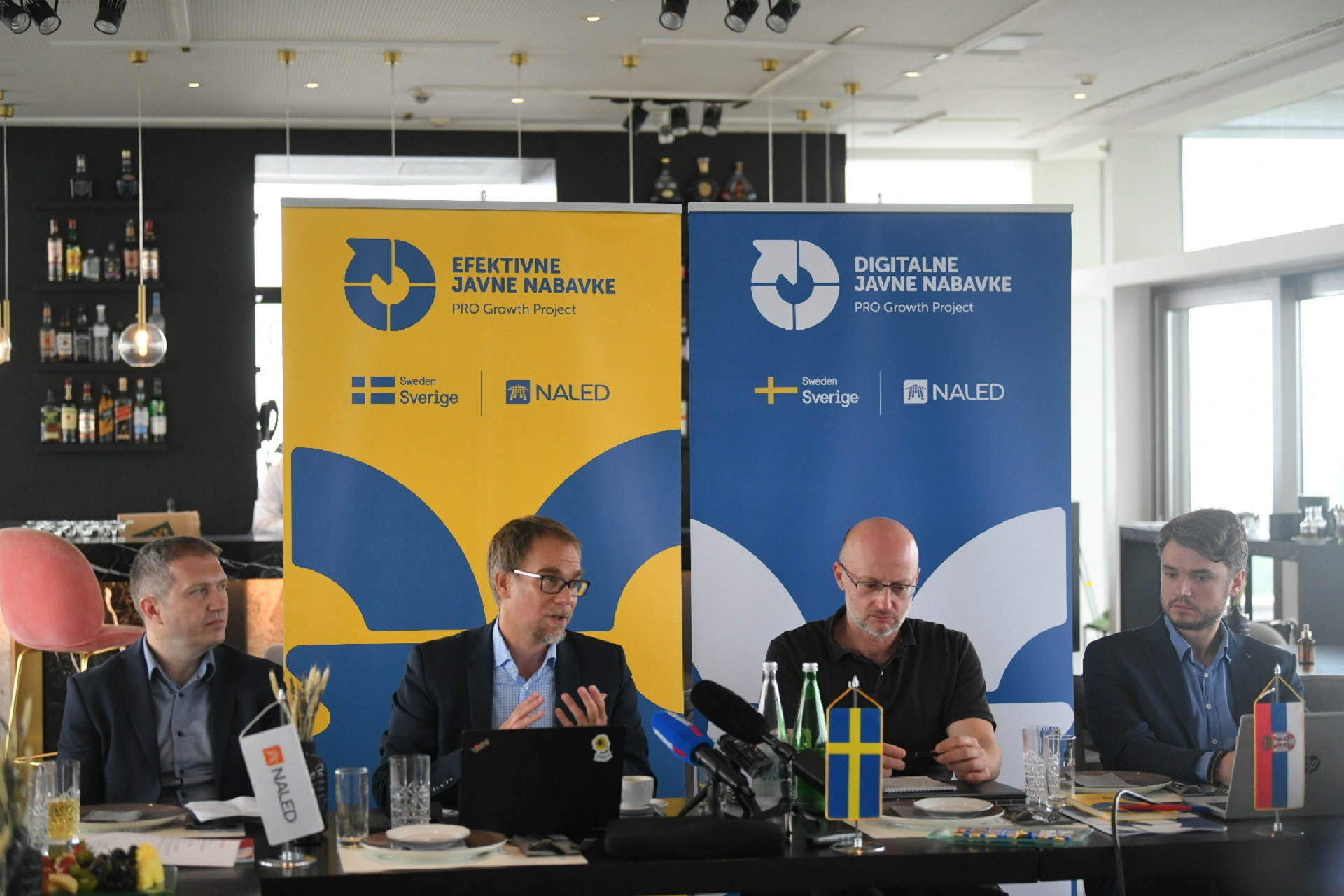Did electronic procurement meet expectations?
Electronic public procurement has improved the transparency of procedures, a new portal was launched on which 1,930 new purchasers and 11,800 bidders were registered last year, while the share of procurement in GDP reached the highest level in the last 20 years and is 8.93%. This is a particularly significant result considering the high economic growth in the last year, but also the business conditions during the pandemic period.
The new system has been implemented since July 1, 2020. However, despite some good results, there have been no changes in other important segments. The average number of bids in tenders is still the same and amounts to only 2.5, and the lowest price was the only criterion for selecting bidders in as many as 95% of procedures during 2021.
- The new public procurement portal has contributed to making the procedures more economical and efficient, and it is now much easier for bidders to prove whether they meet all the conditions during the bid submission phase. Emphasis was placed on the wider application of social and ecological criteria and compliance with environmental protection regulations, which represents a significant improvement. However, certain shortcomings are still present. For example, the new law still allows an unacceptable offer to be corrected and made acceptable through additional explanations and corrections, which creates distrust in public procurement and protection mechanisms among fair bidders. Likewise, the situation in which a bidder gives a price of 1 dinar, and the contracting authority has the discretion to accept such an offer, while the other bidders have no insight into the subsequent realization of the contract, has not been overcome either - says Stanica Antelj, expert consultant of the "Serbian Bidders" Association.
Also, the Law leaves the clients to decide for themselves whether they will require the bidder to prove that they are registered in a professional or other register, and legal protection in proceedings whose estimated value is less than one million dinars for goods and services and three million dinars for works, which carried out in an open procedure, does not exist.
The analysis of the two-year application of electronic public procurement indicates that contracting authorities must further improve the quality of market research that precedes the invitation to tender, as well as more carefully prescribe the conditions for participation. This was also indicated by NALED's research on the examples of software procurement, consulting and architectural services, where it was determined that the most common reasons for a small number of offers were demanding criteria, which limited competition.
Analyzes in these three areas were made within the project "Effective public procurement in the service of economic growth", implemented by NALED, with the support of the Swedish International Development Agency (Sida), citing additional reasons for the small number of tender applications, including inconsistent indication of the subject of procurement and mismatch of criteria with technical specifications.
The project facilitated cooperation with the Office for Public Procurement on the development of ePortal mobile application, and by the end of the year the learning platform will be ready, which will include all the necessary information for bidders and purchasers in one place. In addition, an electronic registration in the Register of Bidders in APR will be developed, which will be automatically linked to the databases of the Tax Administration, local tax administration, the Ministry of Interior and the Ministry of Justice. This way, bidders will no longer have to visit four different counters, but will be able to collect all the documentation for taking part in the procedure in a single place, and the institutions will be able to check more quickly whether businesses meet the conditions for participation in tenders.
- The thing that is missing, that NALED and the association "Bidders of Serbia" are advocating for, is the establishment of a database of the quality of work performed and services provided, which could be modeled after the German Public Procurement Register, where contracting authorities enter negative evaluations of the bidders, if the court found that they have violated the law. According to NALED's research, 72% of ordering parties and 89% of bidders believe that the public character of quality control findings is also necessary in Serbia - adds Antelj
A significant part of the project's activities are trainings for clients and bidders to work in the new system, as well as for the wider application of the criteria of the most economically advantageous offer, ecological and social criteria, which would ensure the quality of the selected goods, works or services. During the last year, according to the report of the Office for Public Procurement, 650 procedures were recorded in which ecological criteria were used and 86 where priority was given to social elements.
Data from the Public Procurement Office show that the number of concluded contracts in 2020 increased from 122,000 to 135,000, while last year their number jumped to almost 183,000. Also, the value of purchases in 2021 increased by 50% compared to the previous year, from 3.2 billion to 4.7 billion euros, which could contribute to the development of domestic economy, if more bidders were allowed to participate in tenders.



